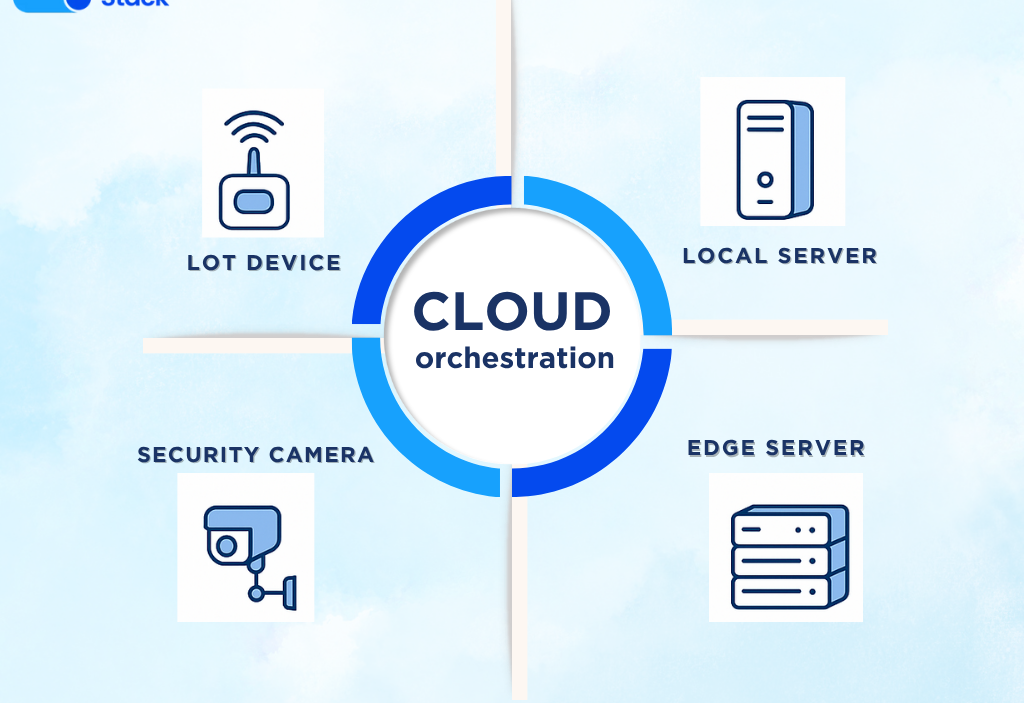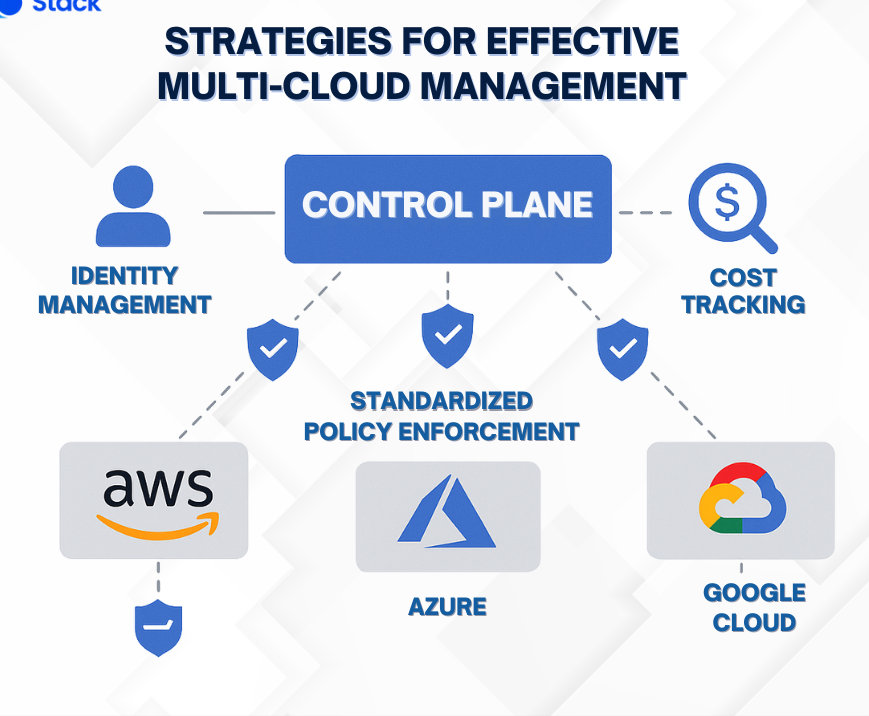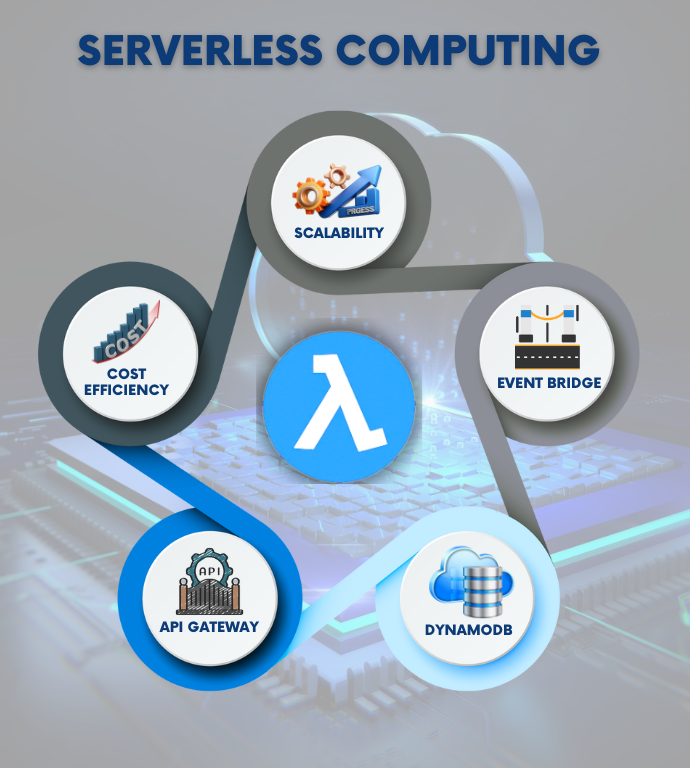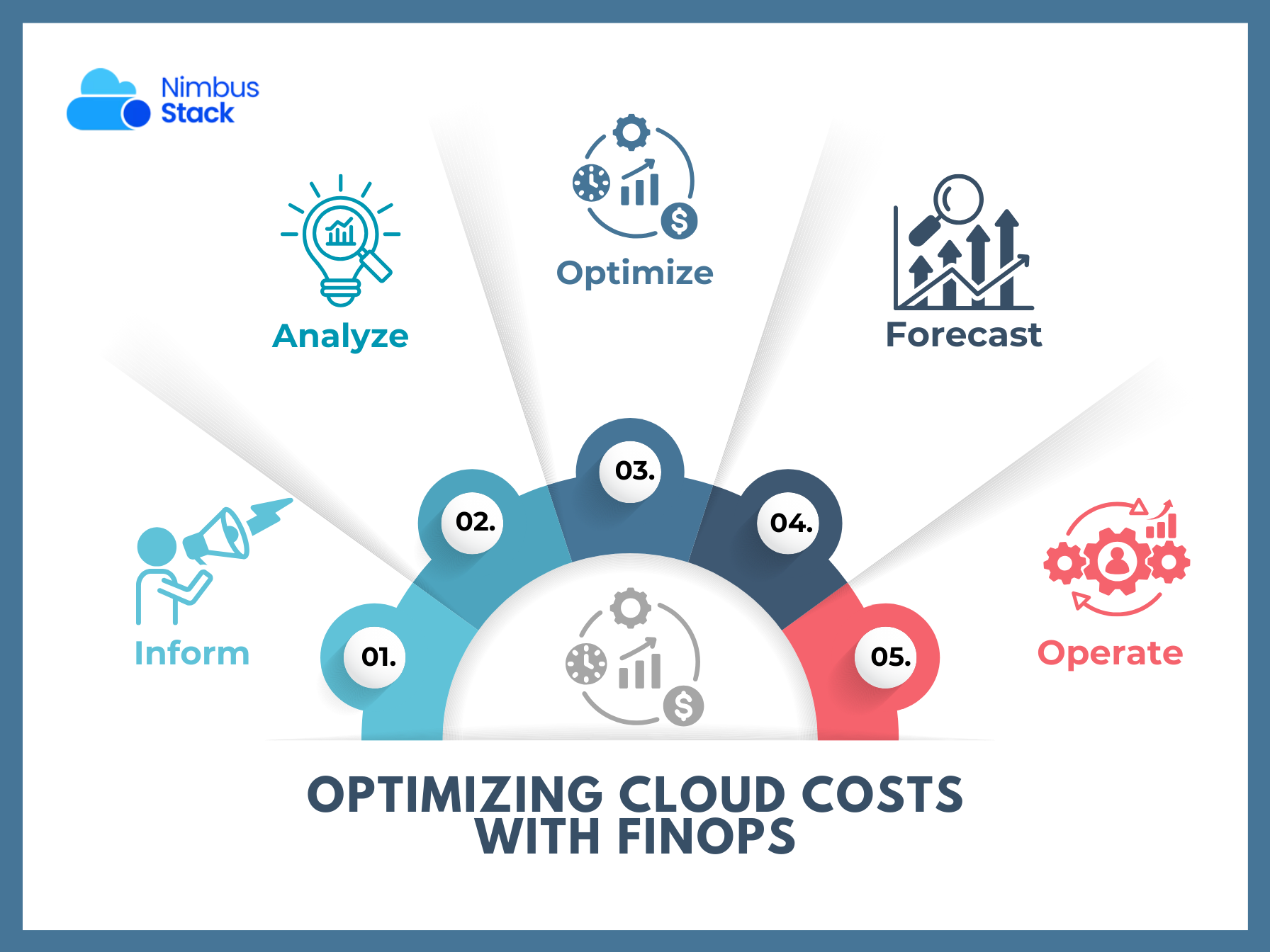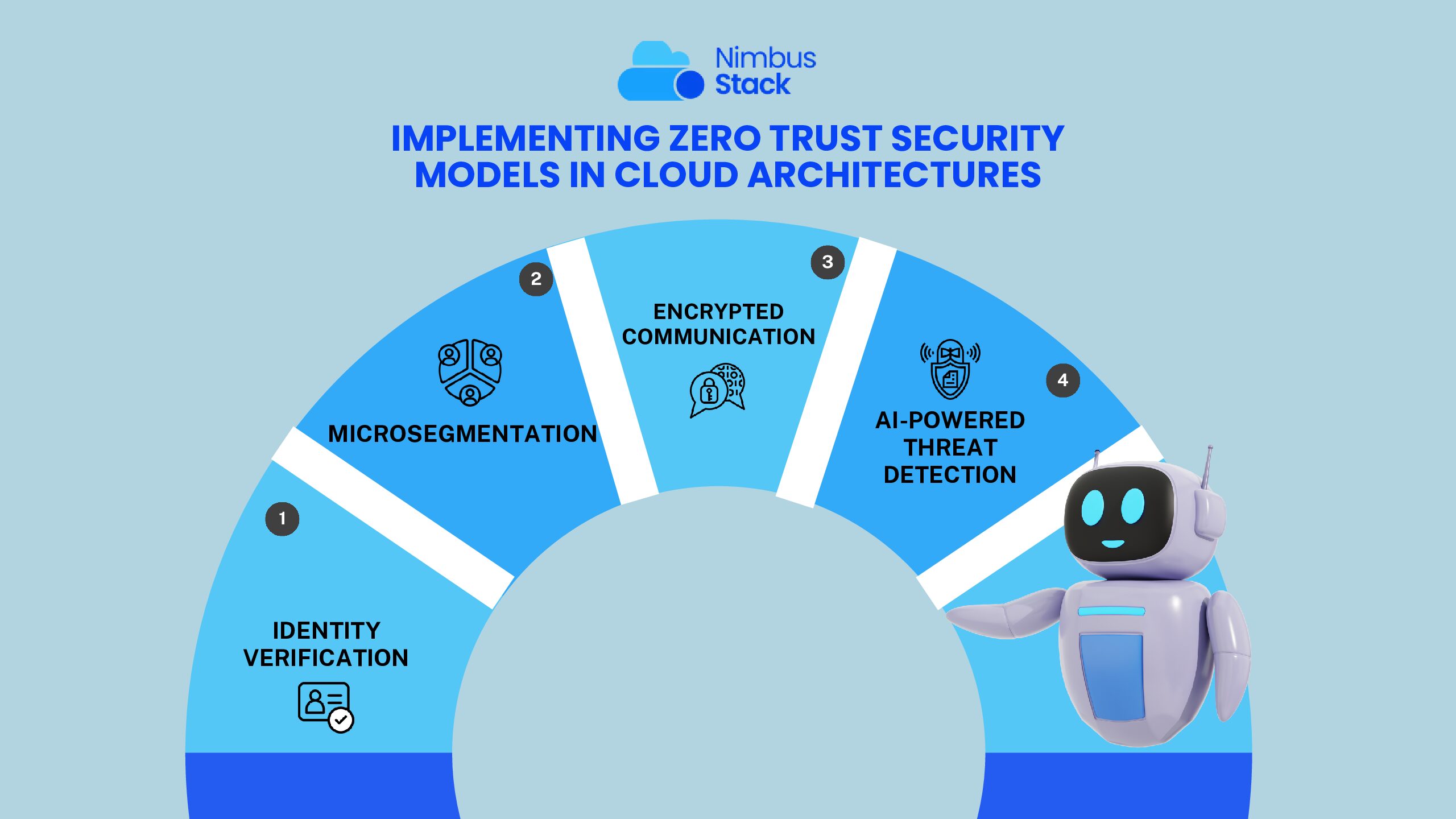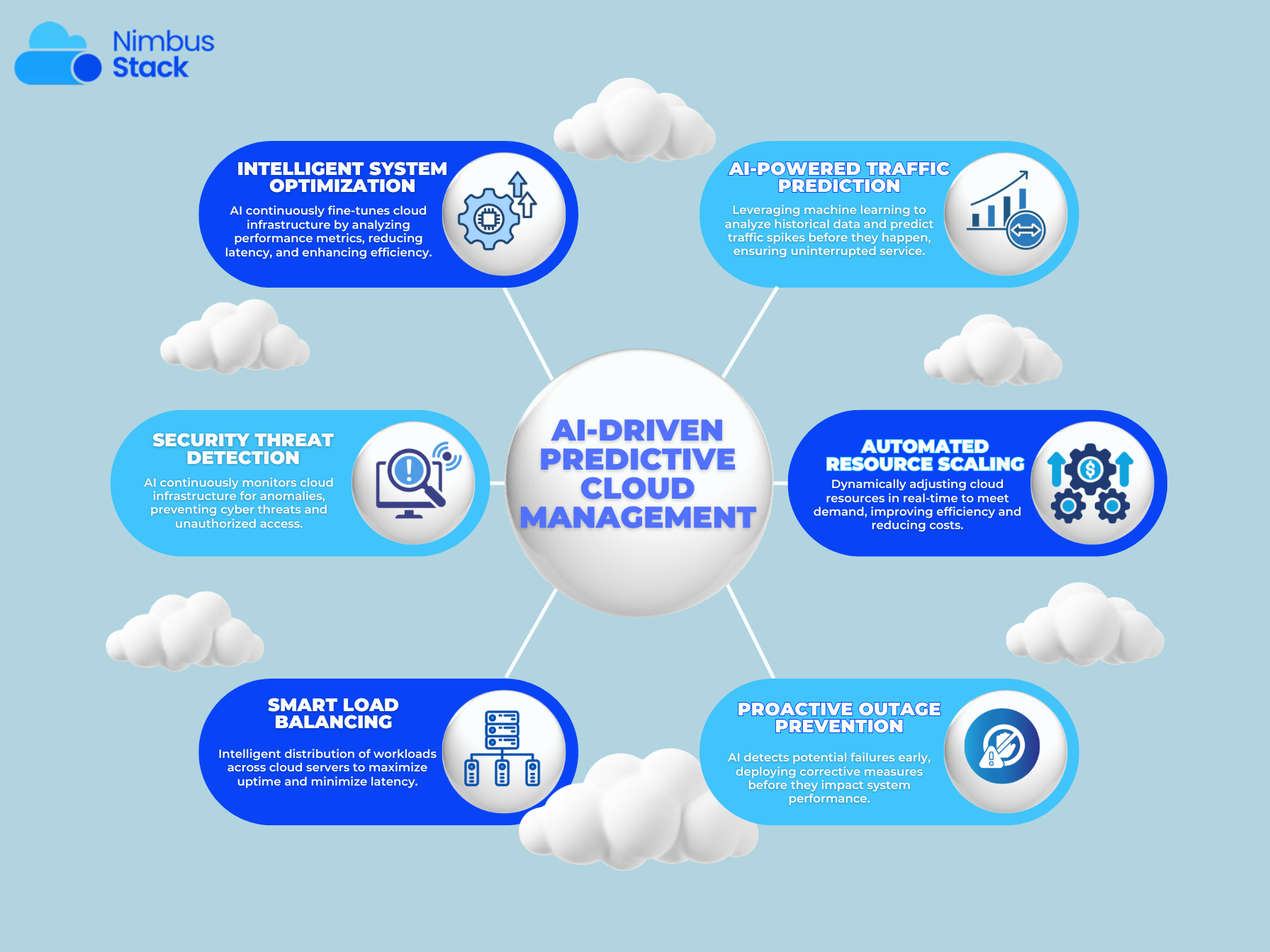Cloud computing has long been the backbone of modern digital transformation. But as applications become more latency-sensitive and data-intensive, especially in fields like IoT, autonomous systems, and real-time analytics, a complementary approach is gaining traction: edge computing. Edge computing ...
Migrating legacy systems to the cloud is no small feat. These systems—often critical, complex, and deeply embedded in business operations—weren’t built with cloud-native principles in mind. But the benefits of modernization are undeniable: better scalability, improved agility, lower costs, and...
As organizations grow and diversify, so do their cloud strategies. Increasingly, businesses are embracing multi-cloud architectures—leveraging services from multiple cloud providers such as AWS, Azure, and Google Cloud—to improve resilience, avoid vendor lock-in, and meet compliance or performan...
As microservices architectures grow in complexity, managing how services interact becomes increasingly challenging. Traditional approaches to service-to-service communication—once manageable in monolithic systems—now struggle to meet the demands of modern, distributed applications. That’s wher...
In a fast-paced DevOps world, speed is everything—until compliance becomes an afterthought. For organizations bound by regulatory requirements like GDPR, HIPAA, SOC 2, or PCI-DSS, overlooking compliance can lead to legal, financial, and reputational risks. But here’s the good news: compliance do...
Serverless computing has reshaped how modern applications are architected, developed, and deployed. By abstracting away server management, it allows developers to focus solely on writing code and delivering business value—without the operational overhead of provisioning, scaling, and maintaining s...
Modern cloud applications are designed for speed, flexibility, and scale—but with that complexity comes fragility. Unexpected outages, cascading failures, or misconfigured systems can bring even the most well-architected services to a halt. The solution? Break your own systems—before they break ...
Cloud computing brings agility, scalability, and speed—but also financial complexity. As organizations scale their cloud usage, managing and optimizing cloud spend becomes just as critical as technical performance. That’s where FinOps—short for Financial Operations—comes in. FinOps is a cult...
Gone are the days when firewalls and perimeter-based security models were enough to protect your infrastructure. In the cloud, where users, data, and workloads move dynamically across networks and services, Zero Trust is no longer optional—it’s essential. Zero Trust Security operates on a powerf...
In today’s cloud-native world, agility and efficiency are no longer nice-to-haves—they’re business imperatives. But as infrastructure becomes more dynamic, managing it reactively can lead to overspending, resource bottlenecks, and system outages. Enter artificial intelligence (AI): the game-ch...

